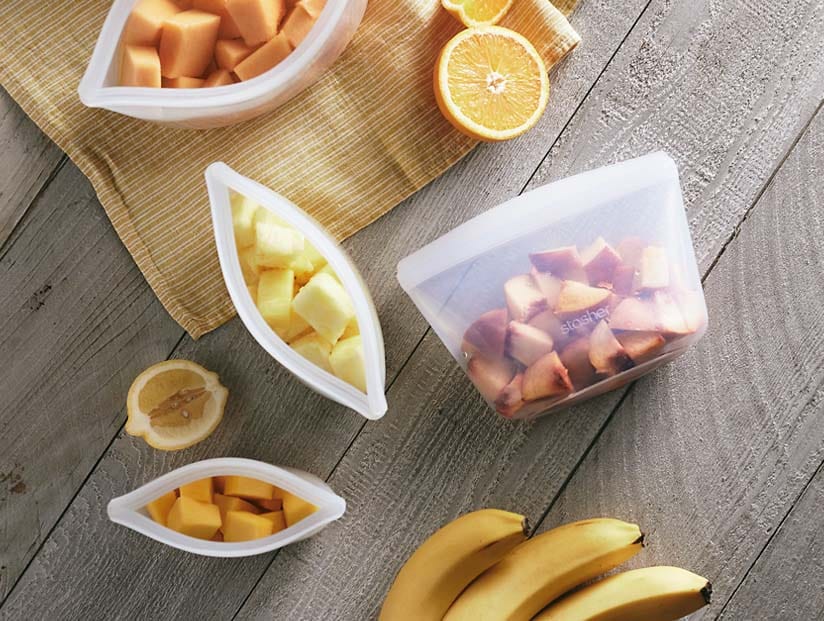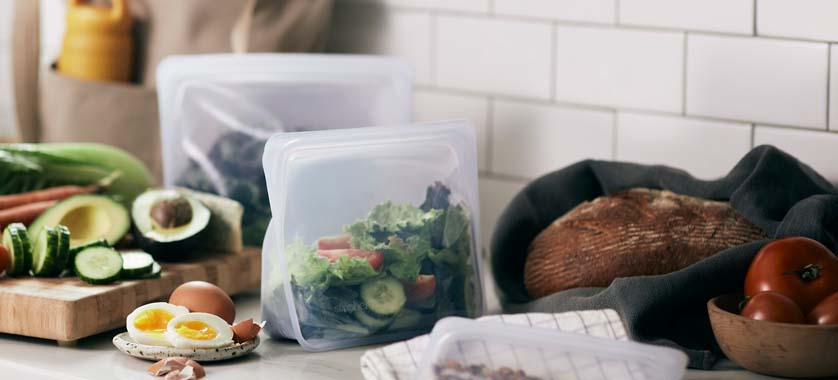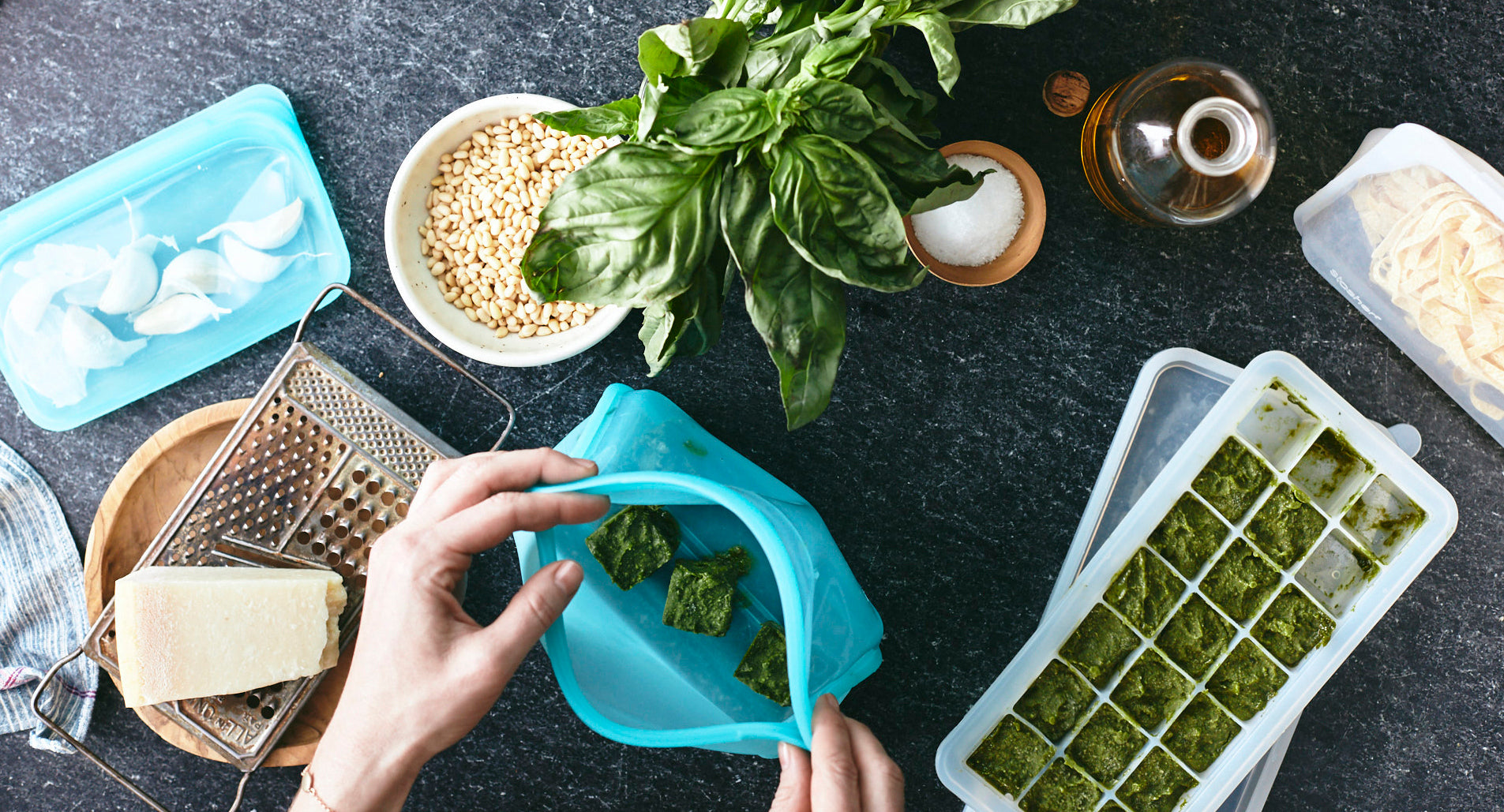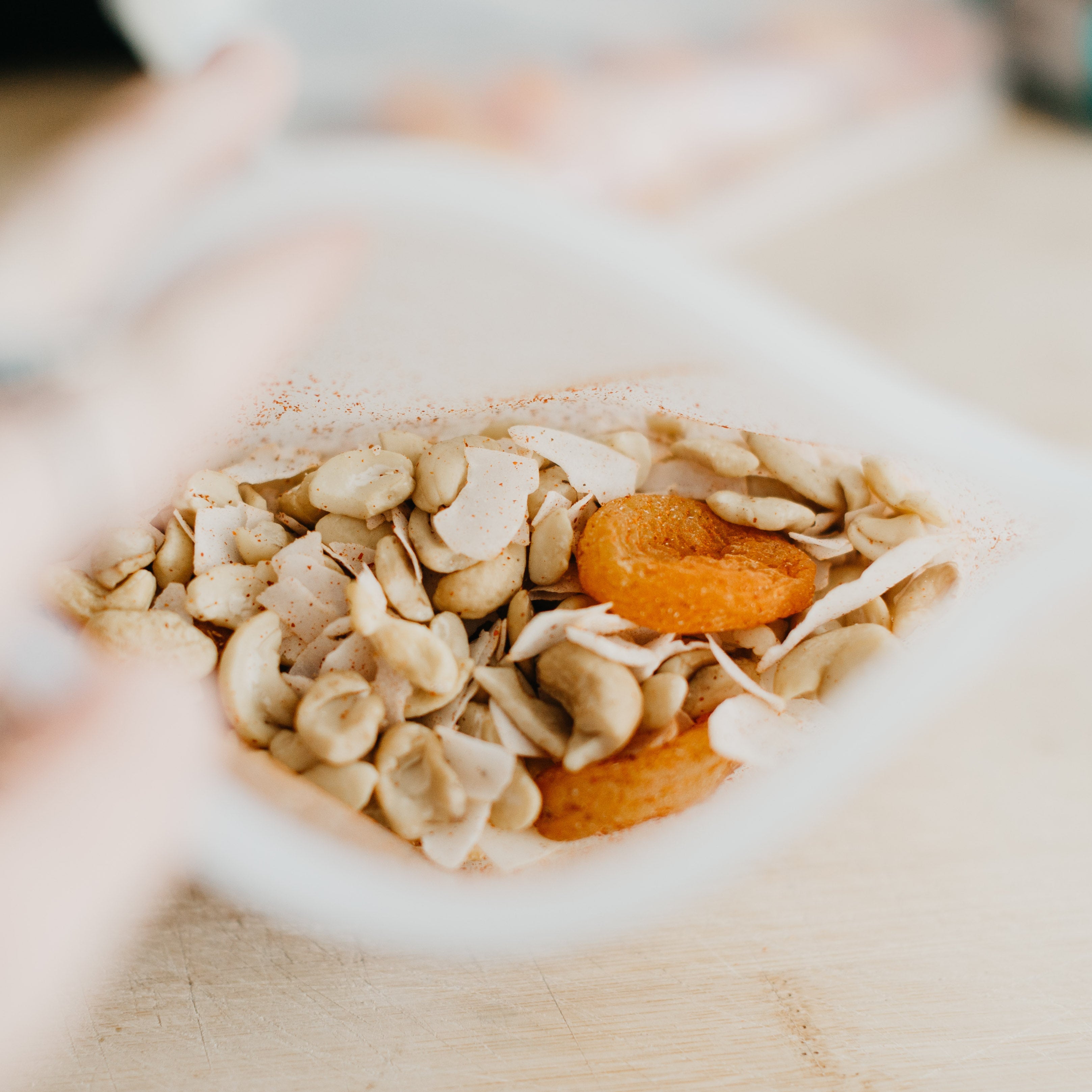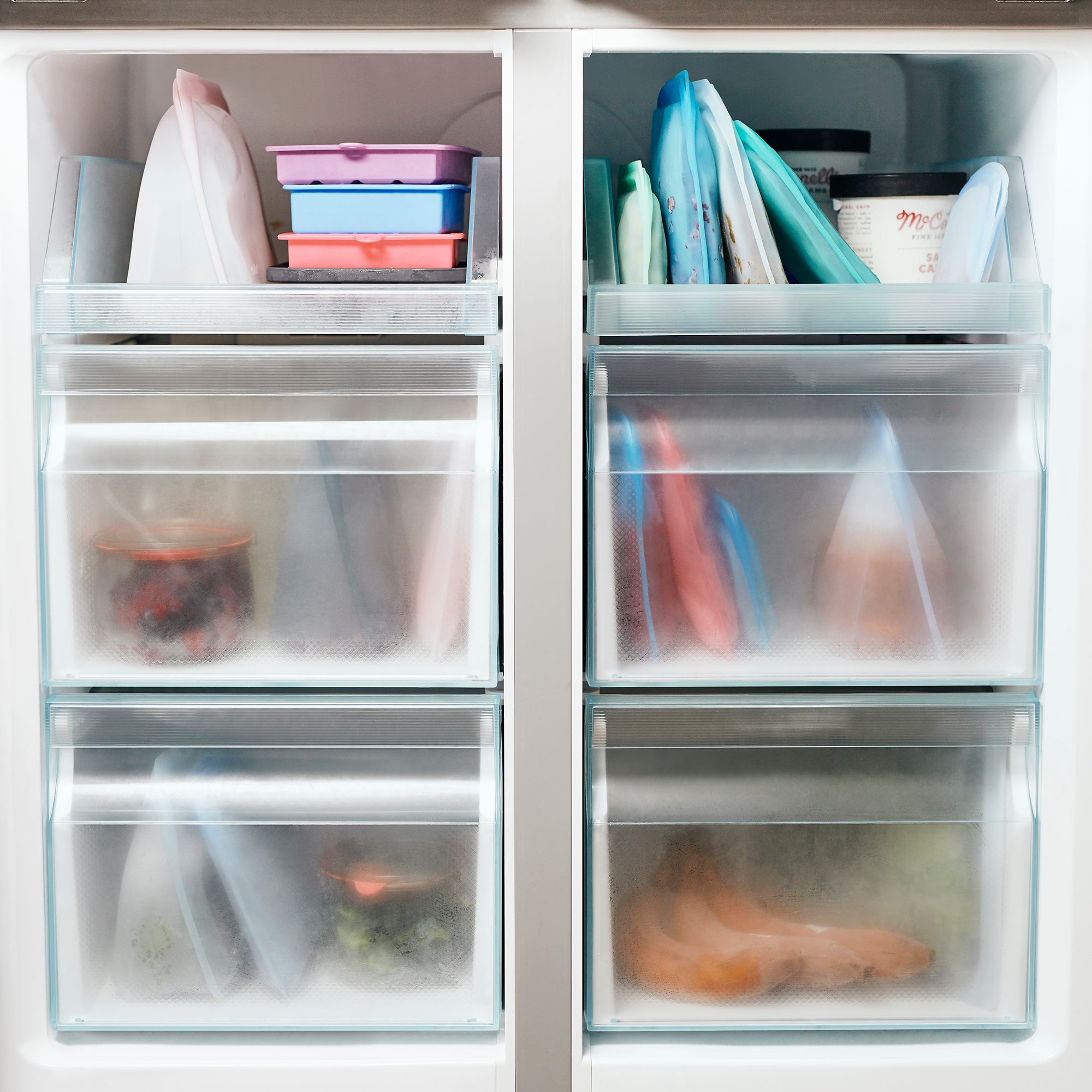
How to Freeze Your Vegetables in a Stasher Bag
Stocking up on fruits and veggies is a great plan any day of the week, and with any perishable, you should know how to save and extend the life of your veggies in the off-chance you don't use them.
Not to worry — freezing is a great way to save money and reduce food waste, and can help you prep meals ahead of time to streamline your day. So, when your favorite veggies are on sale, or if a friend offers you a surplus, stock up and preserve what you won’t eat right away.
There are many ways to preserve food — canning, dehydrating, pickling, and fermenting — but the easiest method is freezing and only takes a few minutes of prep.
Which vegetables can I freeze?
Nearly all vegetables can be frozen, but there are a few types of produce to stay away from. Lettuce and cucumbers don’t do well in the freezer, and tomatoes will change texture (though this is fine for some soups and sauces). Dark leafy greens are fine if you plan to use them in a cooked dish like quiche or stir fry.
Cool tip: Fresh herbs can be frozen in olive oil and then transferred to a Stasher bag!

To blanch or not to blanch?
Blanching is a pre-freezing process that involves dunking washed and peeled vegetables into boiling water for a few minutes, then plunging them into ice water to cool before draining and packing them into bags. It is recommended that you blanch many vegetables (view a list here) before freezing them, as vegetables that are stored long-term (eight months or more) will lose less nutrients and retain a better texture.
But is blanching always necessary? The jury is out on this one. Personally, I have had better luck for short-term storage (two months or less) with simply freezing vegetables raw. I find that the texture stays a bit crisper, and I’ve never had any problems with freezer burn or discoloration by freezing with Stasher bags.
Making your own mixed veggies
I love the classic frozen mixed veggies combo of corn, carrots, and beans, and I like to keep a few bags full in the freezer to quickly add to meals that need a veggie boost. Since I am trying to reduce my single-use plastic, I’ve been making my own DIY mixed veggies, and the results have been delicious. The taste is so much fresher than the mixed frozen veggies I’d buy at the store, and I’m no longer throwing away plastic packaging.
Need a super easy, no-fuss freezing process? Check out the steps below.
- Grab your corn, green beans, carrots, or other veggies you want to freeze.
- Give 'em all a good wash.
- Drain and strain your vegetables. Pro tip: you can whirl them in a salad spinner for a few seconds.
- Using a sharp knife, slice corn kernels off the cob. Cut the ends of the beans off, and cut in small pieces. Dice Carrots.
- Load up your veggies into a Stasher bag for freezing. We'd recommend a sandwich size for single servings, or a half gallon size for larger portions.
- Squeeze all the air out of your Stasher bag, and seal the top tightly before popping in the freezer.
We've got more freezing and thawing tips below. Keep scrolling!
Freezing tips
- Write the date on your silicone Stasher bag using a dry erase marker. This helps with knowing how old your vegetables are to use them in the right timeframe.
- Keep things dry to avoid water crystals forming on your frozen veggies. If you don’t have a salad spinner, drain in a colander or pat dry with a clean towel.
- Seal out that air! Freezer burn is caused by oxygen coming into contact with frozen food, so squeeze as much air out of your Stasher as you possibly can.
Thawing and using frozen veggies
Once your veggies are frozen, you can store them until you're ready to use. Simply add them straight into a soup, casserole, or other dish. Note that frozen veggies stored properly (whether you're using a Stasher bag or not) can be frozen for up to a year, pending they don't get hit with any freezer burn.
If you plan to eat them on their own, try steaming. Steaming frozen vegetables is a great way to keep a good texture since boiling may quickly turn them to mush.
I like to use the sous vide method to quickly heat up my frozen veggies and ensure the best flavor. It’s easy, too — check out our complete guide to sous vide.
This post was written by our friend Hannah Theisen, editor of life+style+justice, founder of A Beautiful Refuge and a member of the ethical blogger network. Connect with Hannah on instagram.



